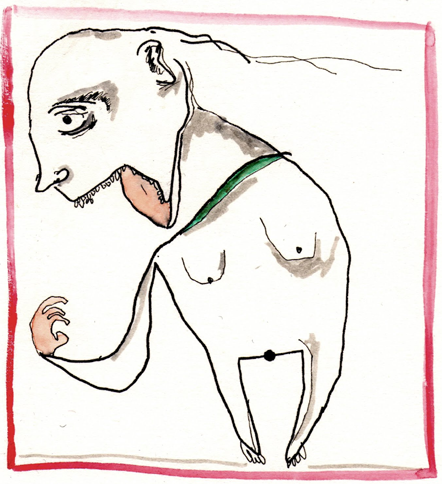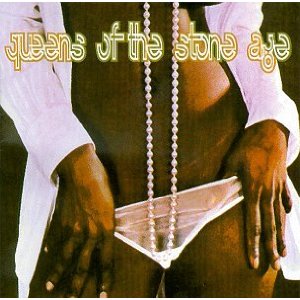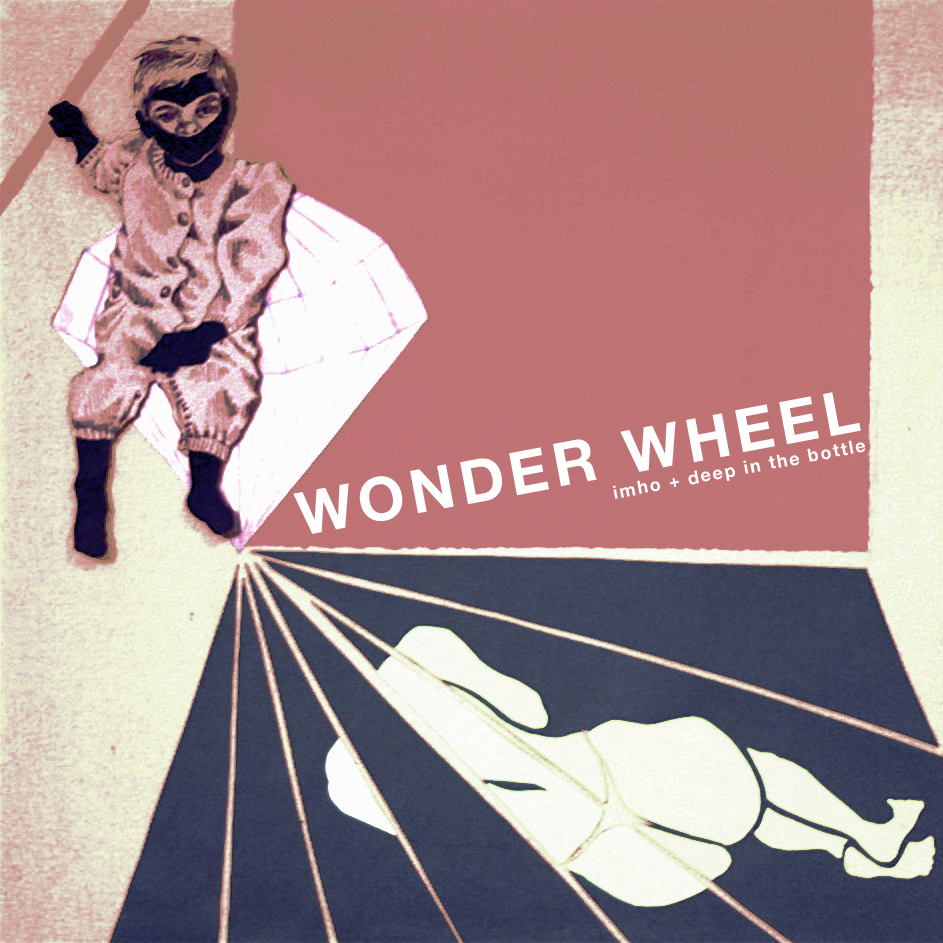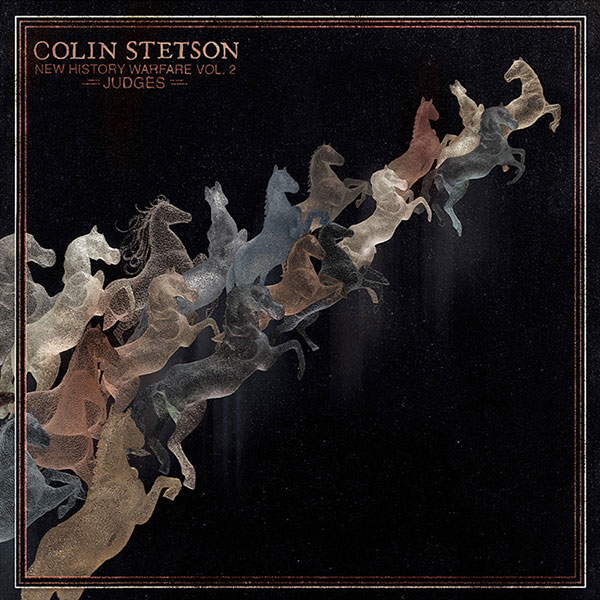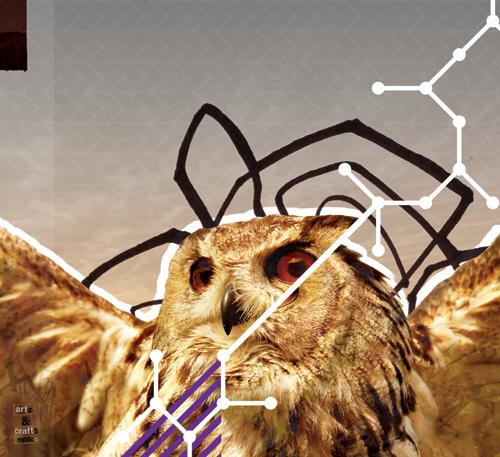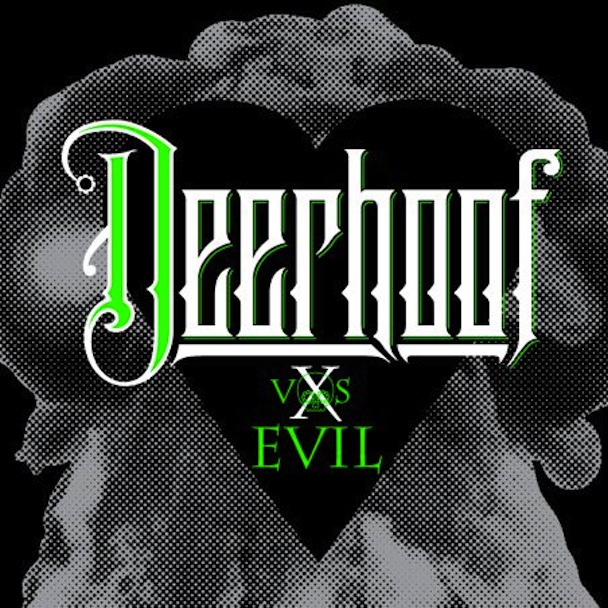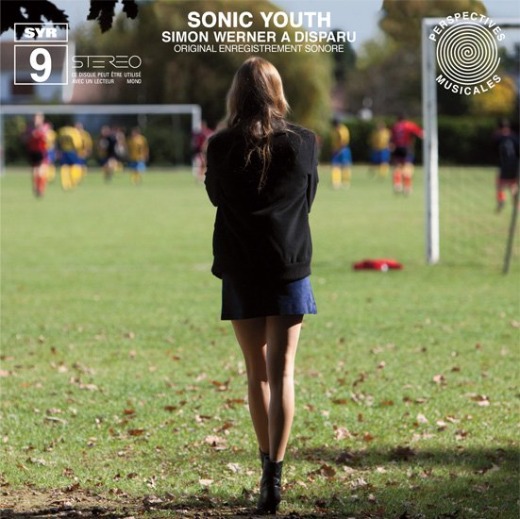Finally, after all the hype of indie culture coming to the mainstream, with Arcade Fire winning the Album of the Year Grammy and every band everywhere looking for a unique sound, we get an album that gives us exactly what we need. Yuck has delivered an album that has garnered a lot of attention for its fresh sound that, ironically, is captured by going back to sounding like the music of the 1990’s.
It is funny to think that we can actually refer to this music accurately by saying that it sounds reminiscent to the songs of late last century. A time when MTV actually played music. When shows like “120 Minutes” would showcase music that was up and coming, college radio fare that was not getting much, if any, mainstream attention. I’m sure I am not the only one that remembers staying up late as a kid to catch a glimpse of all the cool, obscure music that was coming out so that I could slyly reference it later in school when talking to my friends. Man, they would think I was so cool. Not that Yuck’s music embraces obscure acts of a bygone era. On the contrary, it captures the essence of the indie rock scene of the 90s that we all know and love but may have passed by those who were not paying attention. This music is a celebration of a time gone by, though its return is more than welcome.
I read a description online of Yuck as a “rock revival” act. Though I know the point that this particular review was getting at I still find it frustrating that the very people that listen to and love rock music are constantly claiming that it is a dead artform. Take for example every time that The Strokes, or any member of The Strokes, releases an album. The magazine covers seem to always ask, “Can The Strokes save rock?” as if it is a genre that is gone, or at least deteriorated and in need of rescuing. I don’t know if Yuck has the power, or even the willingness to “rescue” rock music but they have crafted a beautiful album that is large in scope and certainly charming in its reminiscence of music that music fans of my generation grew up listening to.Strands of early Sloan, early Smashing Pumpkins, Thrush Hermit, Hum, Sebadoh, The Burdocks and Dinosaur Jr. (in the album’s noisier moments) shine through track after track. The album doesn’t come off sounding like some unearthed relic, nor does it feel or sound old or stale in the slightest. Ideas and sound taken from the 90s are developed a bit with tighter rhythm section behind the initial wall of shoegazey noise.
I’m sure that there will be plenty of people tossing around the term “post-modern” in reference to Yuck. Sure, if the shoe fits, but those that dismiss this album as a simple throwback are missing the point. This album and this band seem to be reminding a tired, fractured and disenfranchised indie-rock fan base, that is constantly pulled from one direction to the next, of where we have come from. Perhaps this album can serve as a reset point where we can ponder the roots of all that is coming out today. Or, perhaps this album can serve as a direct line connecteing the music of today to the music of twenty years ago as an alternate reality where an overabundance of easily reproducable, easily attainable music never came to be and therefore never forced fans to choose one of a mulitude of made up genres to which they pledge their unflagging allegiance. Imagine good music stripped of hipster culture. This, I believe, is the world in which Yuck longs to exist.
The album is an “album”. By that I mean that it is a complete journey from beginning to end. Noisy rockers such as album opener “Get Away”, “The Wall” and “Holing Out” are broken up by quieter, more contemplative material such as “Stutter”, “Suicide Policeman” and “Rose Gives a Lilly”. All the songs feature prominently catchy hooks and layered guitar work. “Shook Down”, with its duetting boy/girl vocal, is especially effective as is the up-tempo distored folkiness of “Georgia”.
It seemed to come at us out of nowhere but now we are 20 years past the Seattle “grunge” explosion and just as far are we from the surge of great music that came out of the Halifax scene around the same time. It seems that this is just about the perfect time for a band like Yuck to bring us right back to the comfort of our indie-rock roots.
Soundgarden has reformed, Sebadoh and Dinosaur Jr. have been playing shows, and Beavis and Butthead is returning to television. It seems that a full on 90s reboot is taking shape. It’s a good thing that a band like Yuck can make something new amidst all this looking back.
